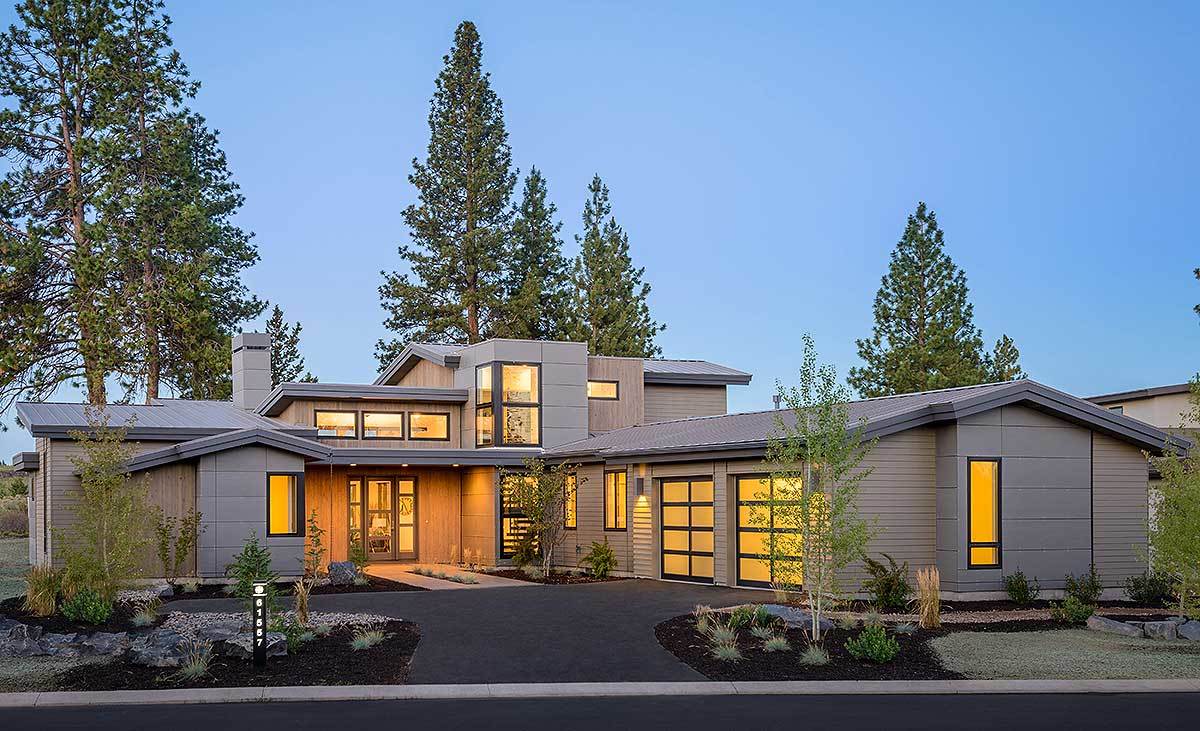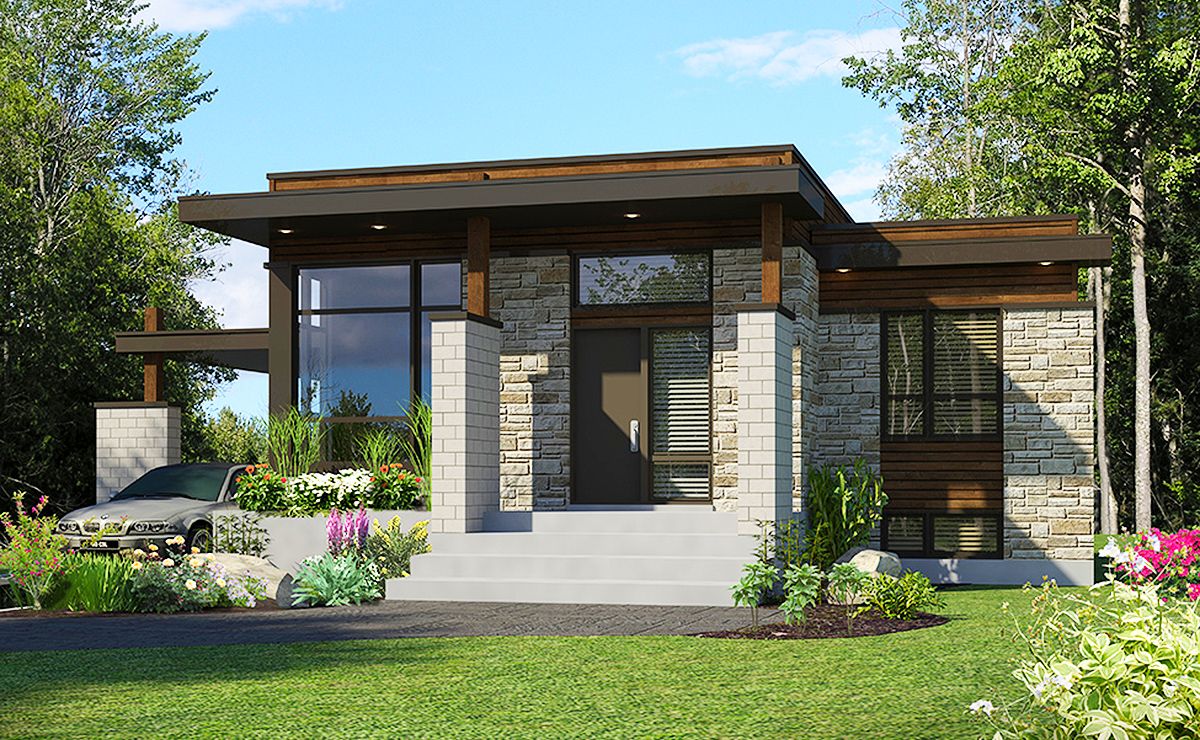In the world of residential architecture, a new class of contemporary house plan experts is emerging, redefining what it means to design a home. These are not just draftsmen creating blueprints; they are visionary artists and meticulous engineers who understand that a house is more than just a structure—it’s a living, breathing space that profoundly impacts our well-being and daily lives. They are at the forefront of a movement that blends aesthetics with functionality, sustainability, and technological integration. For the modern homeowner, who seeks a living space that is a true reflection of their personality and a sanctuary from the complexities of the world, these experts offer the solutions. They are mastering the art of creating homes that are not only beautiful but also intelligent, efficient, and deeply personalized.
This comprehensive article will delve into the philosophies, principles, and groundbreaking work of these contemporary house plan experts. We will explore how they are approaching design from a holistic perspective, from the initial conceptualization to the final details. Our goal is to provide a detailed, in-depth look at the trends that are shaping the future of residential architecture and the brilliant minds leading the charge in crafting a new generation of homes.
The Philosophy of Integrated Design

The days of a single-purpose house plan are over. The contemporary house plan expert approaches a project with a philosophy of integrated design, where every element is carefully considered in relation to the whole. This means blending the home’s architecture, interior design, and exterior landscape into a single, cohesive vision.
A. Seamless Indoor-Outdoor Flow: A key characteristic of modern house plans is the intentional blurring of the line between the indoor and outdoor spaces. Designers are achieving this through features like floor-to-ceiling glass doors, expansive windows, and atriums that flood the interiors with natural light and create a sense of openness. They are also incorporating elements like outdoor kitchens, living rooms, and private courtyards that serve as extensions of the home. This connection to nature not only enhances the aesthetic appeal but also has a proven positive impact on the occupants’ mental and physical well-being.
B. Open-Concept Layouts with Defined Zones: While open-concept plans have been popular for years, contemporary experts are refining the concept. They are creating large, open spaces that are also cleverly divided into distinct, functional zones. This can be achieved through changes in flooring materials, subtle shifts in ceiling height, or the strategic placement of furniture and architectural features. This approach provides the feeling of a spacious and communal area while still allowing for a sense of purpose and intimacy for different activities like cooking, dining, and relaxing.
C. The Use of Light as a Design Element: For a master house plan expert, light is a fundamental building material. They are designing plans that maximize natural light through skylights, clerestory windows, and light wells. They are also incorporating sophisticated artificial lighting systems that can be programmed to change color, intensity, and direction to create different moods and highlight specific architectural features. This strategic use of light can make a space feel larger, more inviting, and more dynamic.
D. Multi-functional Spaces and Modular Design: Contemporary life is dynamic, and a house plan must be equally adaptable. Experts are designing multi-functional spaces that can easily transform to suit different needs. A guest bedroom might double as a home office or a gym, while a dining room might transform into a conference room. This is achieved through modular furniture, concealed storage, and a layout that allows for easy reconfiguration without major renovations. This level of flexibility ensures that the home remains relevant and useful for years to come.
Sustainability as a Core Principle
The most forward-thinking house plan experts understand that a modern home must also be a sustainable home. They are integrating eco-friendly design principles from the very beginning, ensuring that the home is energy-efficient, environmentally responsible, and resilient.
A. Passive Solar and Natural Ventilation: A sustainable blueprint begins with a deep understanding of the building’s orientation to the sun and wind. Experts are designing homes that utilize passive solar principles to maximize natural heating in the winter and minimize heat gain in the summer. They are also incorporating elements for natural ventilation, such as operable windows on opposite sides of a room and a strategic use of high-level vents to draw hot air out. This significantly reduces the need for mechanical heating and cooling, leading to massive energy savings.
B. Smart and Recycled Material Selection: The choice of building materials is a key indicator of a home’s sustainability. Experts are specifying materials that have a low environmental impact and are responsibly sourced. This includes the use of reclaimed wood, recycled steel, and eco-friendly concrete mixes. They are also exploring new materials, such as cross-laminated timber (CLT), which has a significantly lower carbon footprint than steel, and is a renewable resource.
C. Water and Energy Efficiency: A contemporary house plan includes provisions for advanced water and energy conservation systems. This can range from the specification of low-flow fixtures and appliances to the design of rainwater harvesting systems that collect and filter water for irrigation and other non-potable uses. Experts are also designing homes that can seamlessly integrate renewable energy sources, such as solar panels and geothermal heat pumps, ensuring the home is a responsible part of the larger energy grid.
D. Resilient and Durable Construction: Sustainability also means building a home that is built to last. House plan experts are specifying durable, low-maintenance materials that can withstand the test of time and climate. This reduces the need for frequent repairs and replacements, which in turn lowers the home’s overall environmental impact and cost of ownership.
The Integration of Intelligent Technology
A contemporary house plan is also a smart house plan. These experts are embedding technology into the very fabric of the home, creating spaces that are not just automated but truly intuitive and responsive to the needs of the inhabitants.
A. The Integrated Automation System: The most advanced house plans include a centralized home automation system that controls all aspects of the home, from lighting and climate to security and entertainment. This system is designed to be invisible, with control panels discreetly placed and wires hidden within the walls. This approach ensures that the technology enhances the living experience without being obtrusive.
B. Data-Driven and Anticipatory Design: The new experts are designing homes that can learn from the data they collect. A home might use sensors to monitor a resident’s movements and automatically adjust the lighting and temperature as they move from room to room. It might also use biometric data to personalize the home environment for each person, adjusting everything from music selection to lighting preferences. This level of anticipatory technology turns a home into a responsive and personalized sanctuary.
C. Health and Wellness Technology: The future of a house plan is focused on wellness. Designers are incorporating advanced systems that monitor indoor air quality, filtering out pollutants and allergens. They are also specifying circadian lighting systems that mimic the sun’s natural cycle to help regulate sleep patterns and improve mood. A modern home is a space that actively works to promote the health and well-being of its occupants.
D. Strategic Pre-wiring and Future-Proofing: A truly forward-thinking house plan includes a robust infrastructure to support the technology of tomorrow. This means pre-wiring for everything—from electric vehicle charging stations and solar panels to advanced security cameras and multi-room audio systems. This foresight ensures that as new technologies emerge, they can be easily integrated without the need for costly and disruptive renovations.
A Focus on Bespoke and Human-Centric Design

In an era of mass production, true luxury lies in the bespoke and the personalized. The contemporary house plan expert understands that a home should be a unique reflection of its owner’s personality and lifestyle, with every detail meticulously crafted to meet their specific needs and desires.
A. The Fusion of Art and Function: These experts see a house as a work of art. They are incorporating unique and bespoke elements into their plans, from custom-milled cabinetry to handcrafted architectural features. This focus on artisanal craftsmanship ensures that the home is truly one-of-a-kind, with a soul and a story that cannot be replicated.
B. Designing for All Ages and Abilities: A contemporary house plan is also a universal house plan. Designers are creating spaces that are accessible and usable by people of all ages and abilities. This includes features like wider doorways and hallways, no-step entries, and a layout that can easily adapt to a person’s changing needs over time. This approach ensures the home remains a comfortable and safe place to live for a lifetime.
C. Creating Private Sanctuaries: While open-concept living is popular, a modern house plan also includes private, secluded spaces for relaxation and rejuvenation. This can be a quiet reading nook, a soundproof home office, or a tranquil master suite. These spaces are essential for providing a much-needed escape from the stresses of daily life and fostering mental well-being.
D. A Focus on Experience Over Extravagance: The ultimate luxury in a house plan is the experience it provides. Experts are designing homes that are a joy to live in, with every detail contributing to a sense of harmony, comfort, and purpose. The value is placed on the feeling the home evokes—a sense of calm, tranquility, and seamless functionality—rather than its sheer size or the cost of its finishes.
Conclusion
The contemporary house plan experts are more than just designers; they are visionaries who are redefining the very concept of a home. They are leading a revolution that is blending art with science, luxury with sustainability, and technology with humanity. By embracing a holistic approach that integrates seamless indoor-outdoor living, eco-friendly practices, and intelligent technology, they are crafting living spaces that are not just beautiful but also profoundly purposeful.
Their work is a powerful testament to the idea that a house can be more than just a shelter; it can be a living partner that supports our well-being, a resilient structure that respects the environment, and a timeless work of art that reflects our values. They are proving that the most desirable homes of the future will be those that are the most thoughtfully and brilliantly designed. The legacy of these experts will be a new generation of houses that are not only a joy to live in but also a testament to a more sustainable, intelligent, and harmonious future. Their blueprints are not just plans for a building; they are a roadmap for a better way of life.









